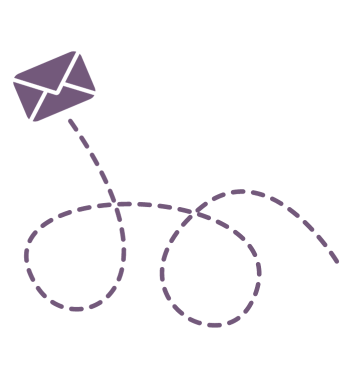There is a growing demand for CRMs in today’s era, businesses need a quality CRM to manage their leads, tasks, and users’ databases. Additionally, CRM offers other benefits as well, such as email marketing, task automation, sales management, deal management, surveys, chatbots, list automation, and many more.
HubSpot is one of the most versatile CRMs in the market that offers much more and advanced than a traditional CRM, offers even more features what I listed above. It offers all the features a traditional CRM offers, as well as some advanced features, such as advanced integration options, data models, datasets, custom events, advanced analytics & reporting, better automation (Tasks, Emails, Lists), chatflows, blog hosting, and many others.
Now you know about some amazing HubSpot features, now let’s look at some benefits HubSpot provides that businesses can use for their growth and achieve higher success.
Lead Management
It requires a single line of snippet to put on the website and HubSpot starts tracking website traffic and conversions. The best part is leads are assigned directly under different channels, as well as all the customer behavior, and interactions with the website are recorded from the first visit until conversion happens.
Lead status is one feature that can help businesses more in terms of identifying between good and bad leads; can filter out which all channels are delivering good or bad quality leads so more budget can be diverted to such channels and avoid wasting money on bad leads.
Lifecycle Stage
Once leads are qualified, they move to different stages in the pipeline called the Lifecycle stage. Leads are further followed up by sales persons to qualify them for the actual sales. Depending on leads in different stages gives you another idea about what kind of leads, which all channels bring in more sales, and where you are losing money.
Customer onboarding
HubSpot has all the tools for a successful customer onboarding. Businesses can plan a structured email flow considering different pipeline stages, assigning a dedicated salesperson to assist them, as well as providing them with quality content (White paper, case-studies) and should have a proper plan for their training if they wish to.
Nurture Management
Post on-boarding, it becomes necessary to nurture customers to avoid churn rate. Businesses can plan a nurture strategy using HubSpot so they don’t lose their customers. Transactional emails are the best way to start with that provide customers with all the necessary emails starting from warm greetings to necessary guides to training material, as well as planning required meetings, new launch emails, newsletters and connecting with them from time to time for feedback will make them feel valued.
Consolidated Reporting
You can integrate with different platforms, such as Google ads, Facebook ads, and LinkedIn ads to have a consolidated view; you need to download separate reports which is not productive while can better analyze at one place.
Customized Reports
HubSpot offers plenty of pre-made reports that businesses can use for better reporting of their marketing and business activities. They can even customize those reports according to their requirement.
Workflow Automation
This is an interesting feature and I love the most as it makes the marketing/sales team more productive by automating their various tasks. From lead assigning to email automation to schedule follow-ups to condition-based tasks assigned to customer on-boarding emails to lead scoring to internal notifications trigger to lead nurturing emails, it manages multiple tasks. There is workflow automation available for every stage that are:
- Contact-based workflows
- Deal-based workflows
- Ticket-based workflows
- Company-based workflows
- Quote-based workflows



